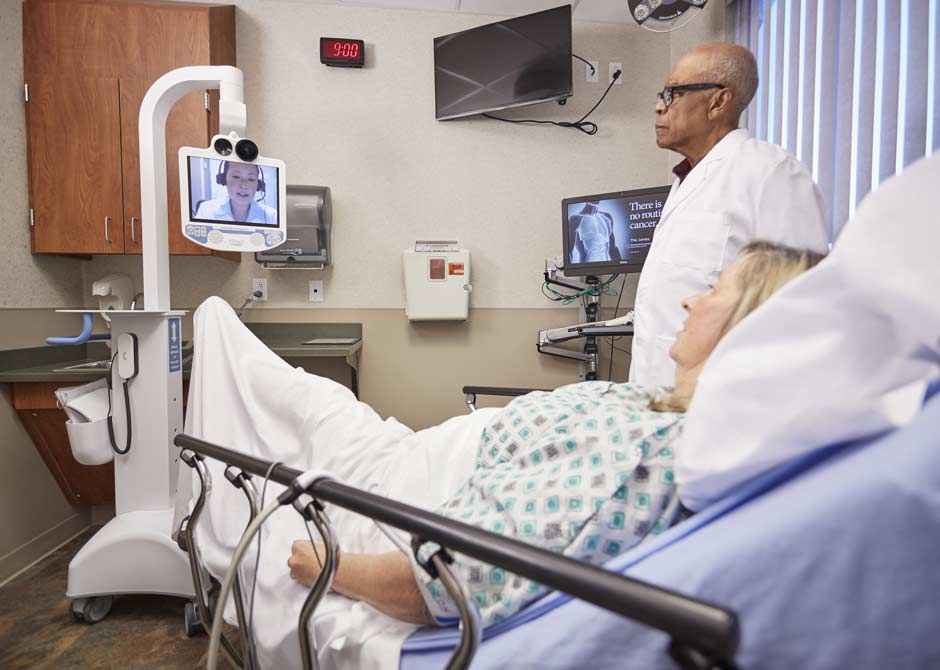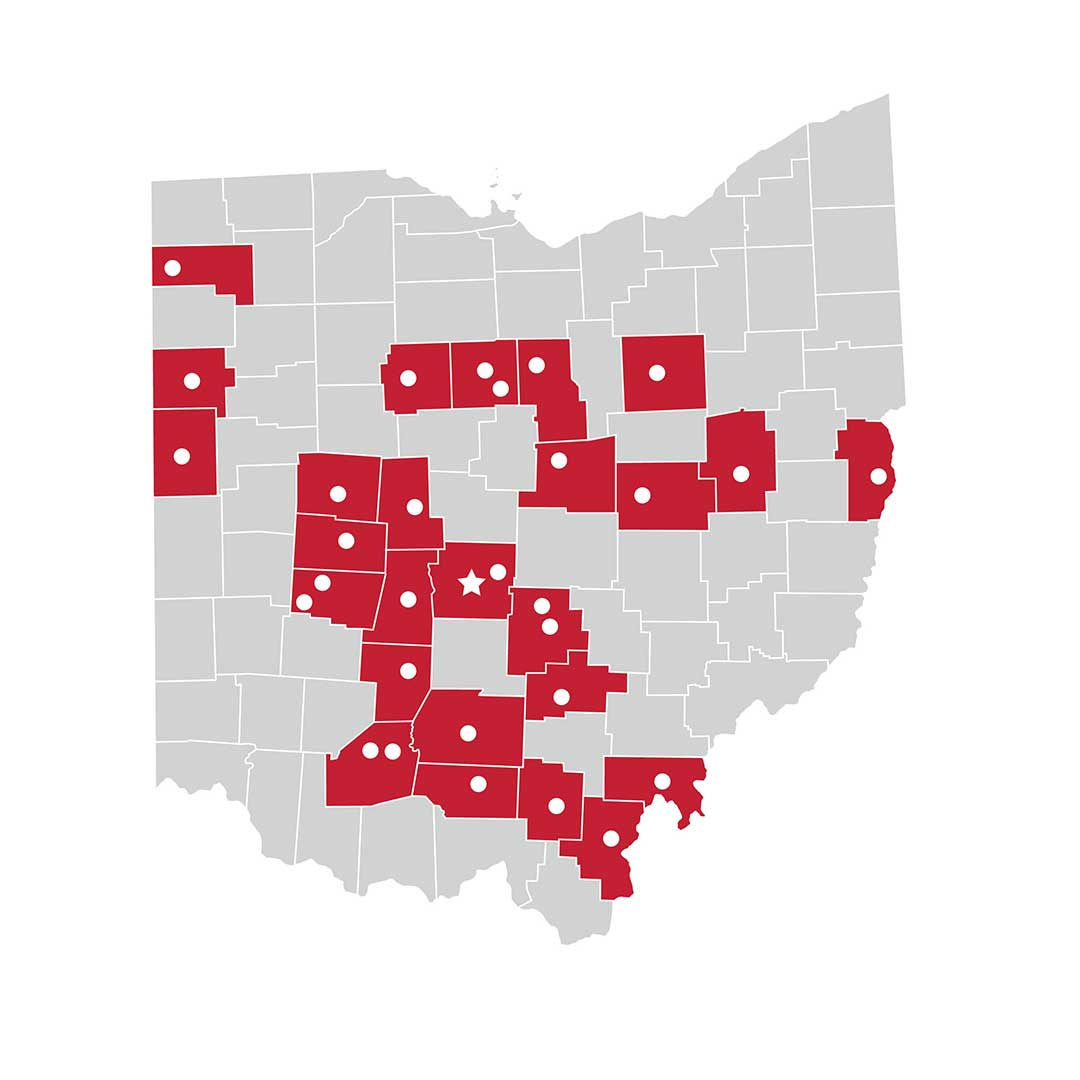 When you experience a stroke, the situation can be very scary and confusing no matter where you are.
When you experience a stroke, the situation can be very scary and confusing no matter where you are.
But what happens if a stroke occurs and you’re not anywhere near a Comprehensive Stroke Center like The Ohio State University Wexner Medical Center?
That’s why we established the Ohio State Telestroke Network in 2011. Through this program, we’re able to share our expertise in stroke diagnosis and treatment and deliver critical stroke care to hospitals throughout the state.
As one of the nation's largest hospital-based telestroke networks, we support more than 30 hospitals in rural and underserved areas — and that number continues to increase as other hospitals look to us for guidance in treating their patients who might be experiencing a stroke.
These hospitals are located across 23 counties.
Overseen by Deepak Gulati, MD, this program allows us to increase access to advanced stroke care in regions of Ohio that don’t have neurosurgeons and endovascular surgeons like we do and improve outcomes with these early interventions. In its first decade of operation, the Telestroke Network provided more than 16,000 video consultations to our stroke partners.
How does the Telestroke Network operate?
If you’re taken to one of these rural emergency departments with stroke symptoms, experts would be mobilized both there and at the Ohio State Wexner Medical Center through a “stroke alert.”
Then, with the use of video technology, you’ll immediately be connected with stroke specialists at Ohio State to assist in decision making about your treatment. We’ll interview you, view test results and vital signs and, if necessary, prescribe clot-busting medications within minutes.
Should you require surgery or a more advanced level of care, we’ll arrange a transfer to Ohio State’s Comprehensive Stroke Center. However, we try to keep you at your local hospital if at all possible and return you to your community for rehabilitation services when it’s available.
Our stroke team, which includes neurologists, neurocritical care physicians and endovascular neurosurgeons, is available around the clock for this program.
What hospitals participate in Ohio State’s Telestroke Network?
Our network of partner hospitals is constantly growing as we work to increase access to lifesaving stroke treatments in underserved areas as well as improve emergency response through education about warning signs and symptoms.
 Here is a list of the hospitals that currently participate in the program:
Here is a list of the hospitals that currently participate in the program:
- Adena Fayette County Memorial Hospital
- Adena Greenfield Medical Center
- Adena Pike Medical Center
- Adena Regional Medical Center
- Avita Bucyrus Hospital
- Avita Galion Hospital
- Avita Ontario Hospital
- Coshocton Regional Medical Center
- Fairfield Medical Center
- Fairfield Medical Center – River Valley Campus
- Highland District Hospital
- Hocking Valley Community Hospital
- Holzer Medical Center – Gallipolis
- Holzer Medical Center – Jackson
- Holzer Medical Center – Meigs Emergency Department
- Knox Community Hospital
- Madison Health
- Mary Rutan Hospital
- Memorial Health
- Memorial Health – Athens Medical Campus
- Memorial Health – Belpre Medial Campus
- Mercer Health Community Hospital
- Mercy Health – Dayton-Springfield Emergency Center
- Mercy Health – Springfield Regional Medical Center
- Mercy Health – Urbana Hospital
- Ohio State East Hospital
- Trinity Health System - Twin City Medical Center
- Trinity Health System - West Campus
- Wooster Community Hospital Health System
- Wyandot Memorial Hospital
About the Ohio State Telestroke Network
Established in 2011, the Ohio State Telestroke Network allows us to share our expertise in stroke diagnosis and treatment and deliver critical stroke care to hospitals throughout the state. The Telestroke Network uses video technology that directly links Ohio State stroke specialists to the community hospital physicians. This allows Ohio State’s team to interview the patient, view test results and vital signs, and prescribe intravenous clot-buster medications to be administered within minutes.

